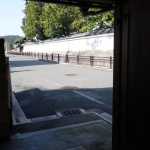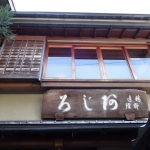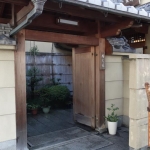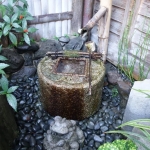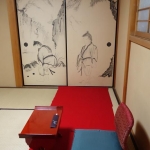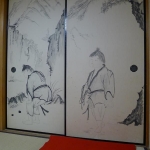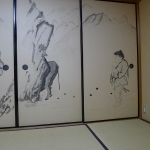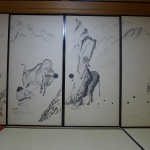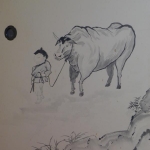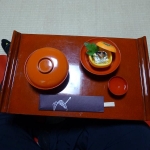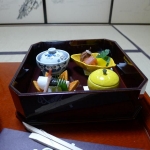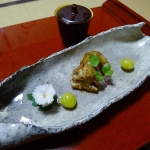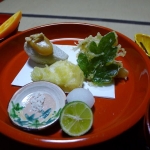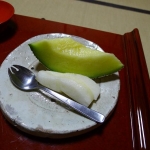This restaurant specializes in shōjin ryōri, traditional vegetarian Buddhist cuisine.
Ajiro is located north-west of central Kyoto on the southern edge of the Myoshinji Hanazono complex, a sprawling district with a total of 46 temples and sub-temples. It’s not surprising that chef Yoshitaka Senoo chose to focus on Buddhist fare — particularly considering he worked in the kitchen of one of the complex’s temples prior to opening Ajiro.
I was given a second floor private room where a table no bigger than a tray rested in front of me. Ajiro is not fancy; it is a cozy restaurant.
I especially enjoyed my meal while looking at the fusuma (sliding paper doors) with images from the Ox-Herding Buddhist parable.
Ajiro makes great use of local fruit and vegetables, and if you’re looking for a relatively inexpensive taster of shōjin ryōri in a setting then starting with Ajiro’s is recommended.
http://www.ajiro-s.co.jp/cuisine/
Before you go, explore this site that will prepare you for appreciating the images offered on the fusuma of OX-HERDING: STAGES OF ZEN PRACTICE: http://www.columbia.edu/cu/weai/exeas/resources/oxherding.html#images


